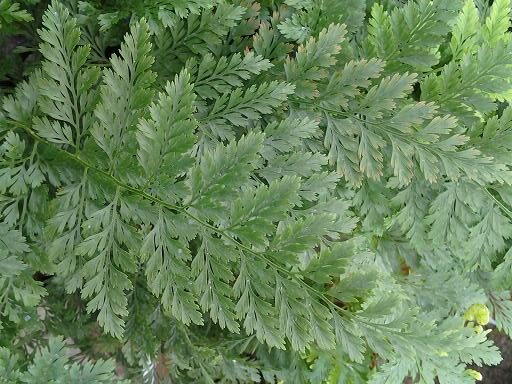UNITED STATES—Snails and slugs really enjoy all the new seedlings and fresh foliage that is growing in the garden while the soil is still damp from earlier rain, and the weather is getting warmer. They are neither too smart nor too fast, but they are very hungry, and do their damage at night when no one is watching. They hide before the sun comes up.
The same lush foliage that they eat is also where they often live. However, they also live among lily-of-the-Nile and some ferns that they do not damage very much, as if they think that no one will look for them there. They also hide under any sort of debris and in valve boxes. Removing such debris and unwanted weed foliage diminishes their habitat.
Pieces of damp cardboard intentionally left out in cool and damp spots in the garden overnight can attract snails and slugs as they seek shelter in the morning, and then be flipped over during the day to collect and dispose of the surprised snails beneath. It is sneaky, but effective. People who happen to be up late can hunt for snails while they are out and about. Otherwise, hunting for hiding snails and slugs by daylight takes a bit more diligence.
Saucers or plastic lids containing puddles of beer is supposed to keep snails and slugs out drinking until they get roasted when the sun comes up. The problem is that the beer gets washed away whenever the garden gets watered. Besides, it does not really kill very many victims. Salt around the most susceptible plants likewise gets washed away, and can be toxic to the plants that it is supposed to protect. Keeping water in drainage saucers below potted plants is a problem for drainage, and allows mosquitoes to proliferate.
Copper tape that can be purchased from nurseries or hardware stores is an effective barrier for snails and slugs, but only if the susceptible plants are completely surrounded, and only if leaves or stems that extend over the copper do not touch anything outside. Copper tape can be self adhesive or stapled to wooden planters. Bare copper wire is just as effective. If wrapped around tree trunks, copper tape or wire should have some slack to allow for growth. An extra bit of self adhesive copper tape pressed against itself to form a tab that it can be pulled apart as needed should work well. Copper wire only needs a small loop of extra wire.
Highlight: Rabbit Foot Fern
Rabbit foot fern, Davallia fejeensis, is one of those few plants that actually seems to be happier in pots, particularly unglazed terracotta pots that stay damp where its oddly fuzzy rhizomes creep over the edges. Besides, pots have the advantage of portability, so that appealing plants can be brought into the home as houseplants, even if only for a few months at a time. Rabbit foot ferns that lose leaves because the air in the home is too dry should recover if moved to a shady and humid spot out in the garden for a while.
The fuzzy rhizomes are as appealing as the foliage, and can creep a foot or even more if they wrap around a pot. They rot if buried, so should be spread out over the surface of the potting soil when small plants get put into larger pots.
The very lacy foliage can get a foot deep in damp and partly shady spots. Foliage is shorter and more dense with more sunlight.
Horticulturist Tony Tomeo can be contacted at lghorticulture@aol.com.






